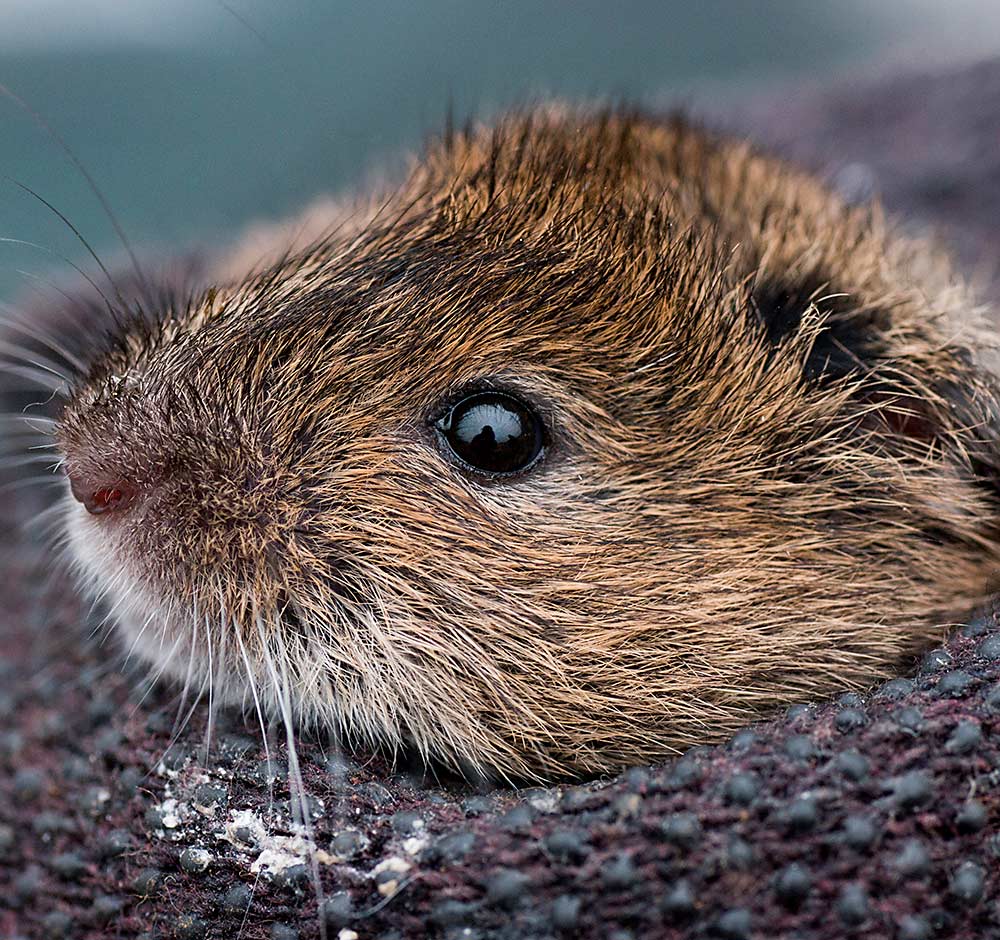Taking Care Of Vole Damage: Effective Control Approaches
Comprehensive Guide to Efficient Vole Bug Control: Invasion Recognition and Therapy Methods
In the world of efficient insect control, vole infestations present a distinct difficulty that demands a strategic strategy. These small rats, usually mistaken for computer mice, can ruin yards, lawns, and plants if left unattended. Recognizing the indications of vole presence and carrying out targeted treatment approaches are important components of a successful insect management strategy. By exploring the nuances of vole behavior, recognizing vital signs of problem, and assessing a series of control options, one can create a comprehensive method to combat these elusive parasites.
Recognizing Vole Behavior
Vole behavior is characterized by their tunneling routines and quick recreation rates, making them a challenging bug to regulate effectively. These little rats generally develop intricate passage systems underground, utilizing them for shelter, food storage space, and transport. Voles are herbivores, taking in a selection of plants, origins, grasses, and light bulbs, which can cause significant damage to yards, orchards, and grass. Their quick reproductive price more makes complex control initiatives, with ladies efficient in generating numerous trashes in a single year, each consisting of a number of children.
Recognizing vole behavior is critical for efficient insect control techniques. By recognizing their burrow areas, keeping track of feeding areas, and carrying out targeted control methods, such as capturing or environment modification, vole problems can be handled efficiently.
Indications of Vole Infestation

Avoidance Techniques
Applying reliable avoidance techniques is vital in lessening vole invasions and guarding plant life from their devastating feeding behaviors. To stop vole invasions, it is important to start by removing prospective food sources and sanctuary.
On a regular basis examining the building for indications of vole task, such as runways and delve openings, is vital for early Get the facts discovery and prompt action. If vole task is presumed, consider making use of repellents or traps strategically positioned near their pathways.
Non-Lethal Control Approaches
To efficiently manage vole populaces while prioritizing humane techniques, non-lethal control approaches supply useful solutions for decreasing vole damages in yards and landscapes. One efficient approach is making use of physical barriers such as hardware cloth or wire mesh to safeguard susceptible plants. These barriers can be buried at least 12 inches deep and bent at a 90-degree angle to stop voles from tunneling beneath. Furthermore, environment adjustment can prevent voles by minimizing their liked food resources and hiding areas. Preserving a well-mowed lawn, removing debris, and keeping vegetation cut can make the setting much less enticing to voles.

Lethal Control Options
One reliable method for resolving vole problems in gardens and landscapes involves the calculated usage of deadly control options. When faced with an extreme vole invasion that non-lethal techniques have actually fallen short to consist of, executing dangerous control measures becomes critical. Generally, when using lethal control options, it is vital to do so properly and in conformity this article with regional laws to properly handle vole invasions.
Conclusion
Finally, reliable vole parasite control needs a comprehensive understanding of vole actions, identification of signs of infestation, execution of avoidance techniques, and application of both dangerous and non-lethal control techniques. By combining these techniques, individuals can effectively manage vole populaces and shield their building from damage. It is essential to attend to vole invasions without delay to avoid additional problems and lessen the effect on the surrounding environment.
Given the complex tunnel systems and quick reproduction prices characteristic of voles, acknowledging the indicators of vole infestation ends up being crucial in effective bug control. One of the main indicators of vole existence is the visibility of surface area runways or trails in lawn or snow, commonly about 1-2 inches broad, produced as voles take a trip in between their burrows and food resources.To effectively manage vole populations while prioritizing humane techniques, non-lethal control strategies provide useful options for lowering vole damages in yards and landscapes.One reliable method for dealing with vole invasions in yards and landscapes entails the strategic use of lethal control options. vole pest control.In final thought, efficient vole parasite control calls for an extensive understanding of vole habits, recognition of indicators of problem, implementation of avoidance approaches, and application of both non-lethal and dangerous control approaches